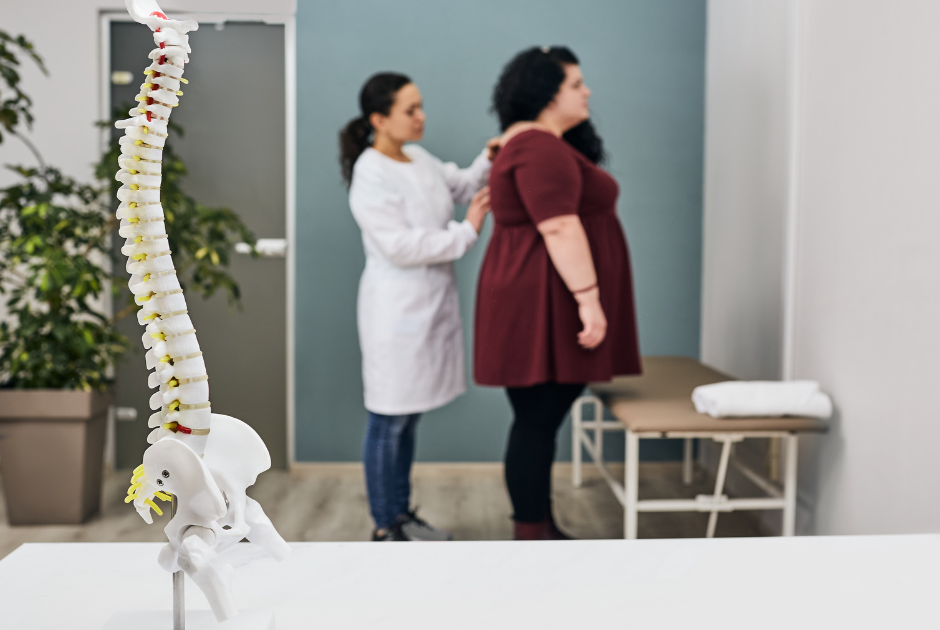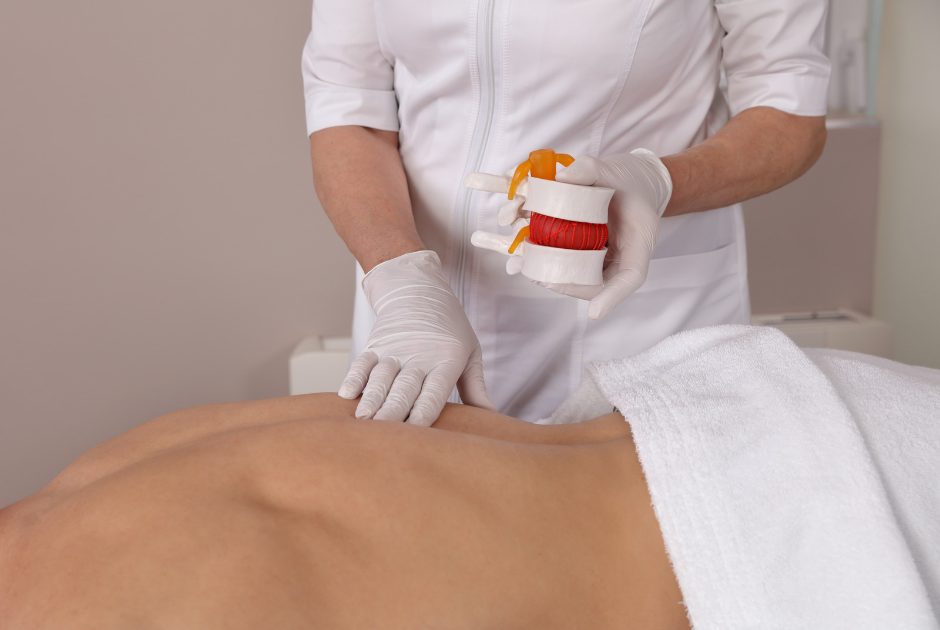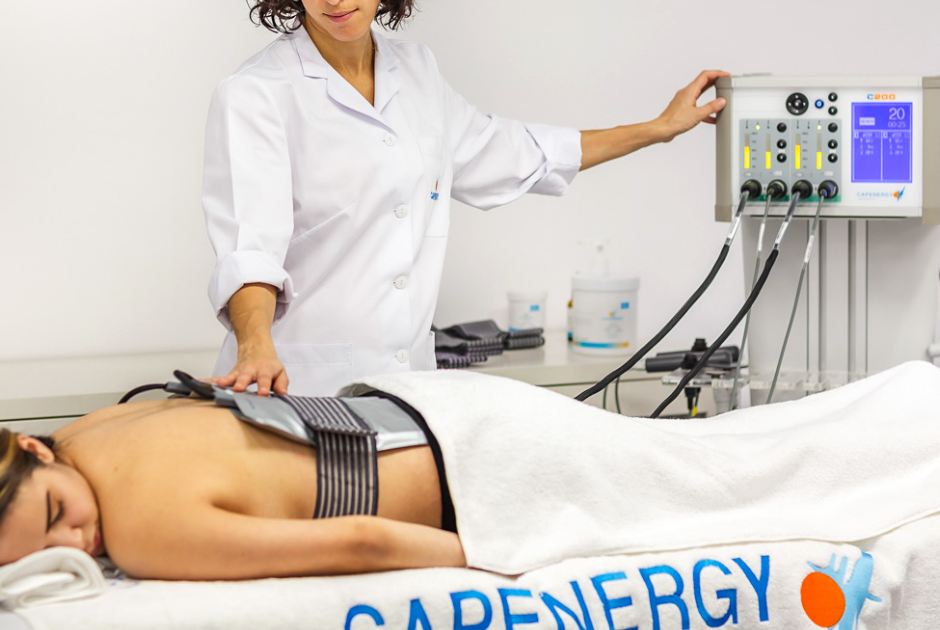
Hardly anybody can avoid suffering from back pain in the course of his or hers life. On occasions, back pain can indicate the presence of a herniated disk. A herniated disk occurs when the vertebrae move due to surcharge or excessive pressure, oppressing an intervertebral disk, often pinching a nerve.
They mainly occur in the lower back area, but can also appear in the neck (cervical hernia) or any other part of the spine.
Herniated disks are majorly caused by gradual natural wear and are linked to the so-called disc degeneration aging process. As we grow older, the disks become less flexible and more prone to tearing or breaking even under minor tension or torsion.
The spine is designed, on the one hand, to support weight, and on the other hand, to be rigid when necessary, allowing for maximum flexibility and contributing to balance. Physical inactivity and our current lifestyle make it harder to maintain sufficient musculature for the spine to function correctly and to avoid suffering injuries.
Causes of herniated disks
Herniated discs occur mostly during middle age. It ‘s very rare to see people younger than 30 with a herniated disk. Because, as said before, its main cause is degeneration.
With age, the collagen fibers of the disks degenerate and lose elasticity, until they are no longer able to return to their natural position. Little by little they start breaking, thusly enabling the herniation of the vertebral disk.

Accidents are another cause of herniated disk: pressure on the disk is increased majorly and abruptly, causing the fibrous ring to break.
There exist other factors that can cause a herniated disk, such as physical inactivity, muscular weakness generating imbalance in the load or weight distribution on the disk and repetitive movements or positions during work that end up damaging the intervertebral disk.
Factors that can increase the risk of suffering a herniated disk, are, among others:
- Weight. Excess body weight generates additional stress on the disks of the lumbar area.
- Work. Persons with physically demanding jobs are more at risk of suffering from back problems. Movements such as lifting, pulling, pushing, bending sidewards or repeatedly twisting can increase the risk of herniated disks.
- Genetics. Some people inherit a predisposition towards herniated disks..
Tobacco use. It is believed that tobacco use decreases the oxygen flow to the disk, causing it to degenerate faster.
Symptoms of a herniated disk
The signs and symptoms of a herniated disk depend on the location of the disk and whether or not a nerve is being pinched. In general, only one side of the body is affected.

Depending on which intervertebral disk is herniated, it can cause pain, numbness or weakness in one arm or leg. In many cases, however, a herniated disk doesn’t present any symptoms and it is even possible to have a herniated disk without suffering any pain or weakness. Nevertheless, other cases can present symptoms such as:
- Pain in the arms or legs. If the herniated disk is located in the lumbar area, you will normally feel pain in the buttocks, the thighs and the lower leg. It is also possible to feel pain in the foot. If the hernia is located in the neck, you will normally feel pain in the shoulder and the arm. Pain can appear in the arm or leg when coughing, sneezing or adopting certain positions. In these cases, the pain is often described as sharp or burning.
- Numbness or tingling. People with a herniated disk often present numbness or tingling that radiates towards the body part innervated with the affected nerves.
- Weakness. The innervated nerves tend to become weaker. This can make you stumble or affect your capacity to lift or carry objects.
Treatment of the herniated disk without surgery
Conservative medical treatment is focused on symptom relief by means of medication: pain killers, cortisone, muscle relaxers,…
If no improvement is obtained this way, the doctor will suggest surgery. In the majority of the cases, the herniated part will be removed, sometimes even the entire disk, fusing the vertebrae if necessary.
Capenergy nevertheless opts for a non-invasive treatment, with improvement from the very first session, without needing surgery. Our goal is to:
- Improve the cell metabolism and therefore speeding up the process of tissue recovery.
- Improve local vascularisation and thus tissue tropism.
- Generate an anti-inflammatory effect which implies analgesia.
- Stimulate lymphatic drainage.
With our second generation radiofrequency devices, you will be able to work the area where the pain is located with the capacitive and resistive active electrodes placed on the origin of the injury and the passive return plates at the end of the radiated pain area. Furthermore, with the automatic treatment options of the Capenergy devices, you will be able to increase the amount of energy delivered to the patient and perform electromagnetic drainages with a powerful anti-inflammatory and analgesic effect.

Would you like to know more about Capenergy and how to improve your herniated disk without surgery? Request a free demo.